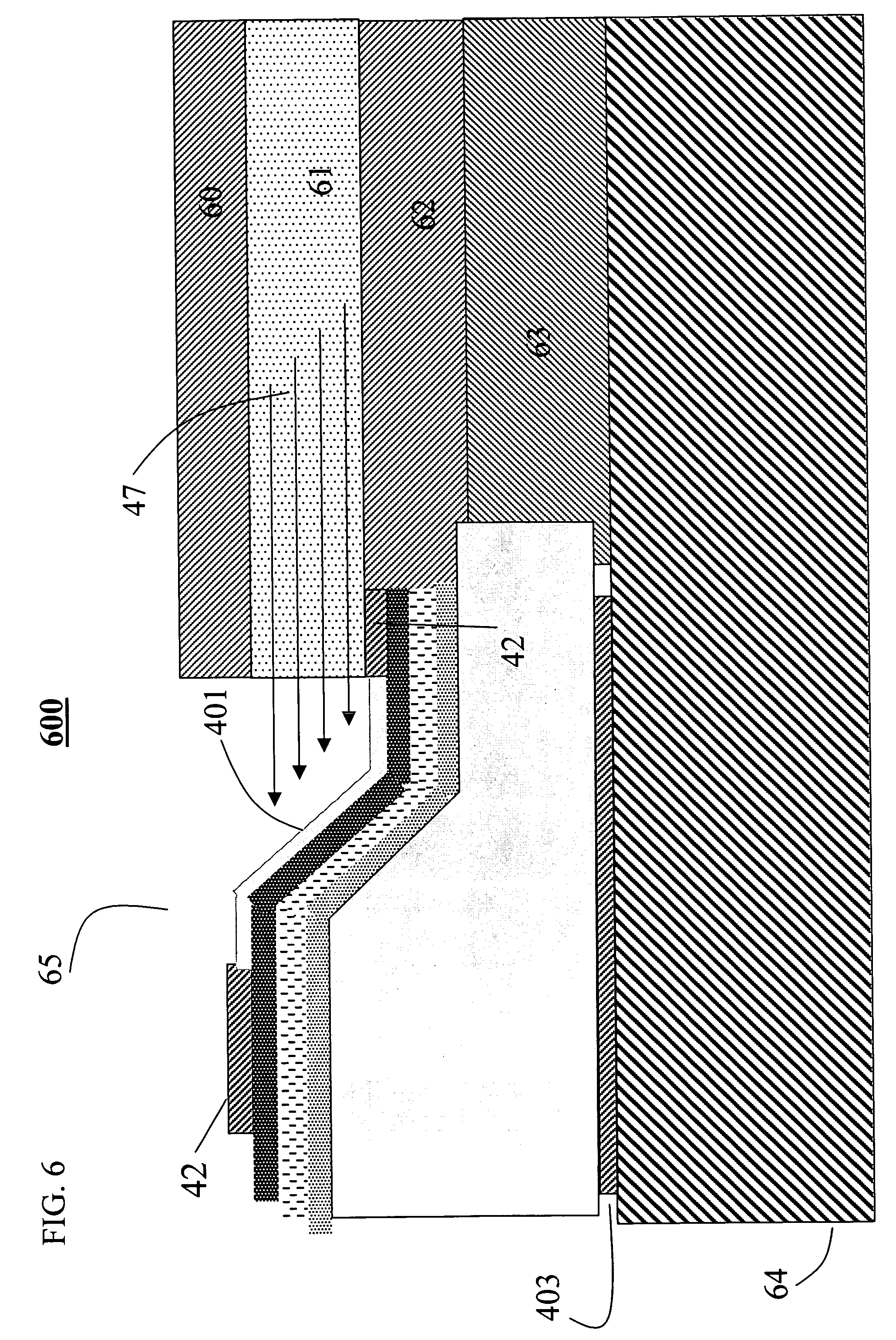Georgia Tech inventors have created an edge viewing semiconductor photodetector. Light is transmitted through an optical fiber conduit comprising a core region surrounded by a cladding region. The light is received at the edge viewing semiconductor photodetector having an active area. The active area may be substantially contained within a first plane. The edge viewing semiconductor photodetector may further have conducting contact pads connected to the active area. A signal is received from the pads and corresponded to the transmitted light. In essence, these parts makeup a contiguous semiconductor volume to provide light detection.
- Efficient
- Cheaper
- Light entry facet configuration
Photodetectors (PDs) are physical devices that are used to measure light's presence by converting energy contained in a light quantum (i.e. a photon) into an electrical form that is easier to measure, amplify, and quantify. The energy conversion process may be indirect in which many photons over a period of time generate a detectable heat amount. The heat is then converted to an electrical signal by a thermocouple junction or a resistive bolometer or other thermodynamic processes. The energy conversion process may, in contrast, be direct in that one light quantum or photon causes temporary matter ionization by removing an electron from a chemically bound state to a free vacuum state.

